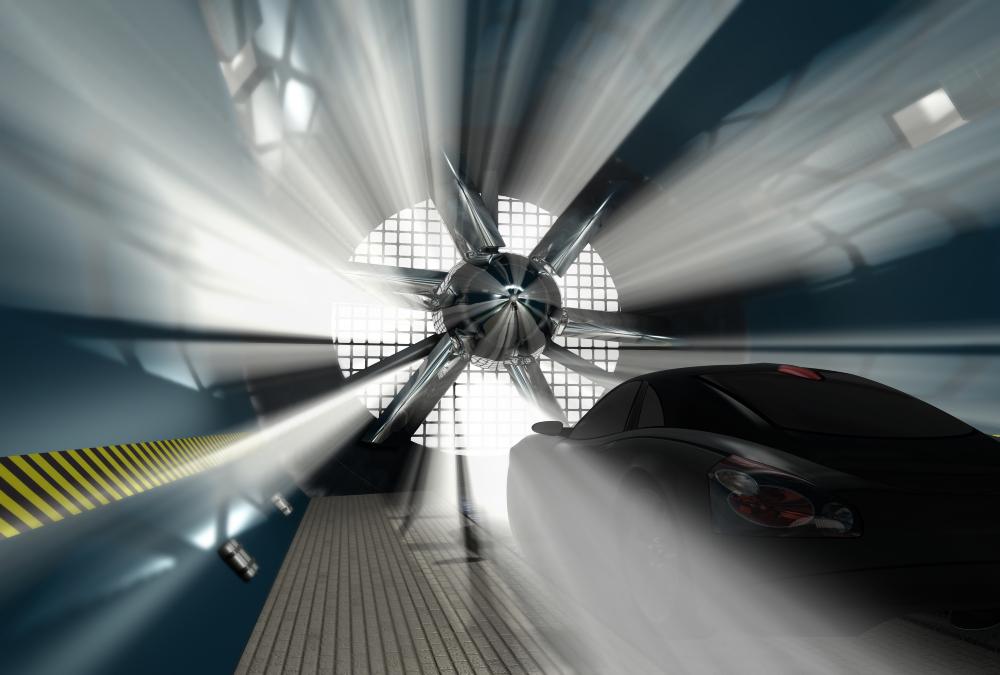Exciting new changes to the Formula One regulations due in 2022 will mean significant changes commercially and technically for this global sport and Evolution Measurement is ready to play our part.
Formula One aerodynamics development is shifting and these changes are welcomed by fans and engineers alike, to shake up the sport to provide closer racing, a more level playing field between the teams and a whole new appearance for the cars.
From 2022, in addition to the development spending cap which will come down to US$140 million by 2024, new design regulations will be introduced which are intended to excite the fans and enliven the sport. The aim is for closer, fairer and more exciting racing, with smaller teams expected to upset the odds and provide a wider range of likely winners.
Pure racing has become increasingly hampered by the lack of overtaking as cars struggle to follow closely in turbulent air and the core of the changes are to allow cars to follow more closely without losing downforce. Currently, a following car is losing up to 60 per cent of it’s downforce, meaning following closely is difficult and results in fewer overtaking possibilities, even when the second car is much quicker in free air. Design changes within the regulations are being introduced to reduce this loss of downforce, by making changes to the fundamental design concepts of the cars.
A radical new design philosophy means that the cars will have a striking new aesthetic with simplified front wings, reduced barge board and turning vanes, larger rear wings, wheel wake control devices, as well as simplified suspension. At the very core of the design philosophy, though, is that cars will create a significantly higher proportion of their total downforce from the underbody/floor, which will help reduce the turbulence that hampers aerodynamic performance of the car behind.
The IndyCar series has proven that the focus on underbody downforce has meant that the wake turbulence is minimised and more stable, enabling following cars to safely stay within overtaking distance even when entering the turns of banked oval at over 200mph.
Aerodynamicists will meet this new challenge having to find competitive advantage within a narrow regulatory window and will continue to use all of the innovative tools at their disposal to achieve competitiveness for their car. The use of computation fluid dynamics (CFD) is their principal tool to create the conceptual car.
This is then modelled and taken to a wind tunnel under strict conditions of use, before the fine-tuned design taken to the track, where the full-scale car ultimately proves the success of the conceptual design and modelling. Under new regulations, time in the wind tunnel and computing power will be further restricted, helping to reduce costs and big-budget team advantage – so every second on-track and real-time data collection will become ever-more important in gaining performance advantage within ever more restrictive regulations.
The challenge for the aerodynamicist remains – to understand the aero performance of the whole-car concept and for that they need to measure and gather this data for analysis.
Modern aerodynamic mapping relies on fitting pressure scanners in the critical areas of the car and that has been limited by the available technology from the scanner manufacturers in past times.
Scanners have been miniaturised significantly in recent years, which has directly reduced tube lengths, enhanced accuracy and response, lowered the risk of lost data channels, as well as saving space, weight and cost.
On the car miniature scanners are enabling valuable, critical data to be gathered every time the car leaves the pit garage.
Exciting times lie ahead for Formula One and we at Evolution Measurement look forward in anticipation to seeing the competition intensify and the engineering revolution unfold.
Evolution Measurement is an expert in industries that require highly accurate physical measurement, instrumentation and calibration.
Based in Andover, they represent Scanivalve Corporation and Guildline Instruments and provide bespoke solutions in multi-point pressure and temperature measurement, as well as engineering automated calibration and test systems and turnkey measurement solutions.
Manufacturing the highly successful EvoScann® range of miniature pressure scanners, the Evolution Measurement team have a vast knowledge of Aerodynamic testing, particularly in the Automotive industry and are available to offer advice and support as required.
Evolution Measurement also provide local product service and support and work in a diverse range of industries from aerospace, motorsport, power generation, universities and research establishments, where customers value the most technically capable, leading-edge solutions to bring value to their own businesses.
For further Information, please contact:
Mr Paul Crowhurst,
Managing Director,
Evolution Measurement Ltd,
7 Regents Court,
South Way, Walworth Industrial Estate,
Andover, Hampshire.
SP10 5NX, UK
Tel: 01264 316470
Websites: www.evolutionmeasurement.com | www.evoscann.com

